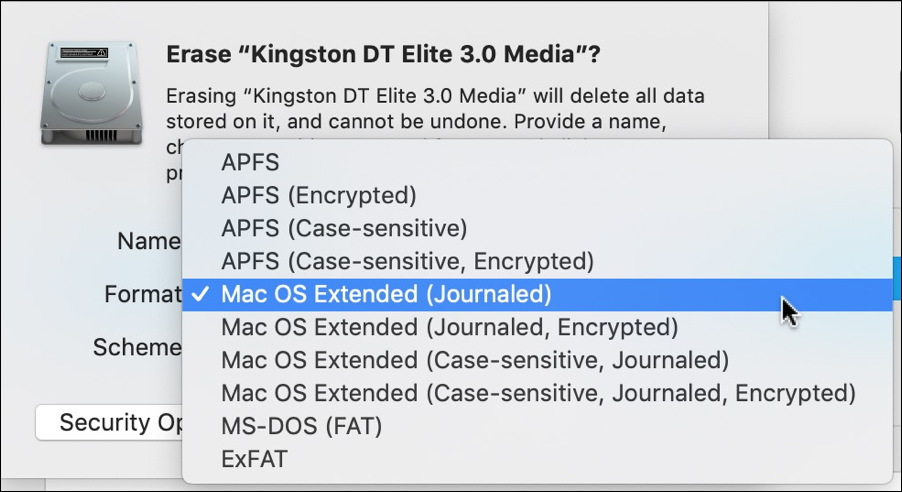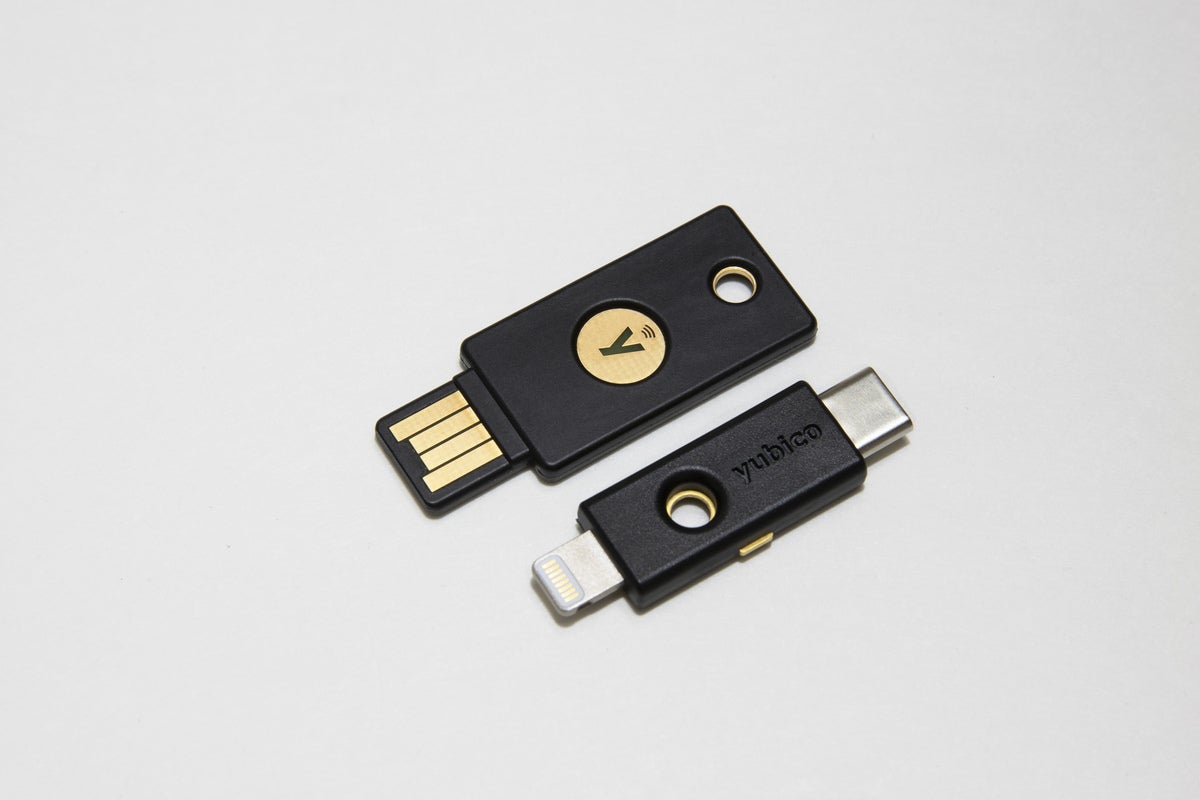Format Flash Drive For Mac And Pc 2019
by Shirly Chen, updated on 2019-05-10 to Mac Data Wipe
- If you are merely freeing up space or getting rid of viruses in your flash drive, simply select the previous format. Now, have you decided which format would best suit you and your Mac? If you have, refer to our step-by-step guide on how to format a flash drive on Mac. Step 1: Plug the flash drive into the USB port.
- How to format a usb flash drive on a windows 10 pc for mac os x & windows pc compatibility If you need to transfer files larger than 4 GB between macs and wi.
Now that the flash drive not Recognized problem is solved on your Windows or Mac computer, make sure you had back-up all important documents in the flash drive. This is to ensure that you will be able to access the files stored in the flash drive should it happens again.
Before we recycle, lend, sell or abandon a USB flash drive, we should remove all the personal data on the USB flash drive. Formatting or reformatting is the efficient and secure way to remove all data on the USB flash drive. It is very simple to format USB flash drive on Windows PC. However, it is not easy to format the USB flash drive under Mac OS. Actually, if we want to format a USB flash drive under Mac OS, we should find USB flash drive formatting software at first. Here are top 5 USB flash drive formatting software tools for Mac to help in formatting, reformatting, erasing USB flash drive under OS X or macOS.
Best 5 USB flash drive formatting software for Mac

USB flash drive formatting software for Mac can help us format, reformat or erase USB flash drive on Mac. Here are top 5 USB flash drive formatting software for Mac on the market to help us securely & efficiently format USB flash drive under Mac OS.
NO.1 USB drive formatting software for Mac – DoYourData Super Eraser
DoYourData Super Eraser for Mac is a powerful & easy-to-use data erasure software. It will quickly format the USB flash drive on Mac and permanently erase all data on the USB flash drive. Once the USB flash drive is formatted by DoYourData Super Eraser for Mac, all data will be lost forever. You will get a brand new USB flash drive. It is strongly recommended to format USB flash drive on Mac with DoYourData Super Eraser for Mac before you sell, donate, lend, give away your USB flash drive. Free download DoYourData Super Eraser for Mac >>
NO.2 USB drive formatting software for Mac – Disk Utility

If you only want to format the USB flash drive on Mac, Disk Utility is the best choice. Just run this built-in application on your Mac, and use it to erase the USB flash drive. However, the data on the formatted USB flash drive could be recovered by data recovery software.
NO.3 USB drive formatting software for Mac – Start Menu for Mac
Format Flash Drive For Mac And Pc 2019 Download
This start menu for Mac allows Mac users to format hard drive or external device on Mac. Download and install it on your Mac. Launch it from Launchpad, 'Disk Manager' can help you format USB flash drive on Mac. The formatted data also can be recovered by data recovery software.

NO.4 USB drive formatting software for Mac – Disk Wiper for Mac
Pc Flash Drive For Games
Disk Wiper for Mac is another data erasure application. It will format USB flash drive under Mac OS and remove all data information on the USB flash drive permanently.
NO.5 USB formatting software for Mac – MacClean360
MacClean360 is all-in-one Mac cleaner and manager. It offers a tool “Disk Manager”. It can help Mac users securely and quickly format USB flash drive under Mac OS. Very easy to use and 100% safe.
The top 5 USB flash drive formatting software for Mac can help us easily and securely format USB flash drive under Mac OS. Just select one of them to format USB flash drive under Mac OS. DoYourData Super Eraser for Mac is the best USB flash drive formatting software for Mac. It is strongly recommended to use this data formatting software to format USB flash drive under Mac OS. Then the USB flash drive could be able to securely reused, recycled, resold, donated, etc. Free download DoYourData Super Eraser for Mac here:
Related Articles
Permanently and securely erase data from hard drive or external storage device under Mac OS with certified data erasure methods.
Hot Articles
If you have an external hard drive or USB flash drive that you’d like to use on both Macs and Windows PCs, choosing the right file system to format the drive can be confusing. Learn a few ways to make your drive Mac and PC friendly.
Need to access or transfer files between Mac and PC? As simple as this task sounds, it’s not very straightforward for inexperienced users. Since Mac OS X and Windows use totally different file systems, the way a drive is formatted can determine what type of computer it will work with. In fact, there are four ways you can format an external or USB flash drive to achieve varying degrees of compatibility between Macs and PCs. Let’s take a look at them:
HFS+
Format Flash Drive For Mac And Pc 2019 Windows 7
Mac OS X’s native file system is HFS+ (also known as Mac OS Extended), and it’s the only one that works with Time Machine. But while HFS+ is the best way to format drives for use on Macs, Windows does not support it. If you’re only going to be using your external or USB flash drive with certain PCs – such as at home or the office – you might be interested in a program called MacDrive. When you install MacDrive on a Windows PC, it will be able to seamlessly read & write to HFS+ drives. This isn’t a good solution if you need your drive to work on any PC without installing software, though.
NTFS
The native Windows file system is NTFS, which is only partially compatible with Mac OS X. Macs can read files on NTFS drives, but it cannot write to them. So if you need to get files from a PC to your Mac, NTFS is a decent option. However, you won’t be able to move files in the other direction, from Mac to PC.
FAT32
The most universally supported way to format your drive is with the FAT32 file system. It works with all versions of Mac OS X and Windows. Case closed, right? Well, not so fast. Unfortunately, FAT32 is a very old file system and has some technical limitations. For example, you cannot save files that are larger than 4GB on a FAT32-formatted drive. This is a deal-breaker if you work with huge files. The other limitation is the total size of the partition. If you format your FAT32 drive in Windows, the drive partition cannot be larger than 32GB. If you format it from a Mac running 10.7 Lion, the drive partition can be up to 2TB. Much better, except for that pesky 4GB limit.
Format Flash Drive For Mac And Pc 2019 Windows 10
exFAT
The exFAT file system eliminates the two major deficiencies of FAT32: the largest partition and file sizes it supports are virtually unlimited by today’s standards. Awesome, it’s perfect! Almost… since exFAT is fairly new, it isn’t compatible with older Macs and PCs. Any Mac running 10.6.5 (Snow Leopard) or 10.7 (Lion) supports exFAT, while PCs running Windows XP SP3, Windows Vista SP1, and Windows 7 are compatible. If you know you’ll be using computers running updated versions of these operating systems, exFAT is the clear best choice.
Format a drive using Disk Utility on a Mac
- Launch Disk Utility (Applications > Utilities).
- Select your external hard drive or USB flash drive from the list on the left.
- Click on the Erase tab. Select the format – Mac OS Extended (HFS+), MS-DOS (FAT32), or exFAT – then name the drive.
- Click the Erase button and the drive will start formatting. Be aware that formatting a drive deletes all of the files on it, so back up anything important before completing this step.
Format a drive using Windows
- Go to Computer (or My Computer in Windows XP).
- Select your drive from the list and right-click on it. Choose Format from the contextual menu.
- A window will pop up where you can choose the format – NTFS, FAT32, or exFAT. Make sure the allocation unit size is set to default and type in a volume label.
- Click Start to format the drive.